24 pages • 48 minutes read
Elizabeth BishopExchanging Hats
Fiction | Poem | Adult | Published in 1979A modern alternative to SparkNotes and CliffsNotes, SuperSummary offers high-quality Study Guides with detailed chapter summaries and analysis of major themes, characters, and more.
Symbols & Motifs
Hats
Hats have signified a person's job, affiliations, and position within society throughout history. In “Exchanging Hats,” Bishop uses the hats to signify gender. The uncles put on a lady's hat while the aunts wear “the yachtsmen's caps” (Line 11). Bishop contextualizes hats as a symbol of gender roles by referring to the relatives' actions as a form of crossdressing and experimentation. Hats also symbolize thought, so when a person changes their hat, it represents a shift in their outlook. The hats also demonstrate the gender roles and the collective view of each gender.
Bishop makes the lady's hat non-descript. Its only role is to act as an accessory for the man to bring pleasure and get a laugh. People frequently use jokes to center themselves or form tighter bonds within a group. The uncles try on the lady's hat in front of their relatives, implying a desire to get in their good favor. For a long time, powerful families made political and economic alliances through marriages and the wife was considered additional revenue for the male heir. A wife signaled her husband's respectability, physical appeal, and monetary status.
In contrast, the yachtsmen's cap evokes either a maritime profession or enough wealth to pursue a maritime hobby.
Related Titles
By Elizabeth Bishop
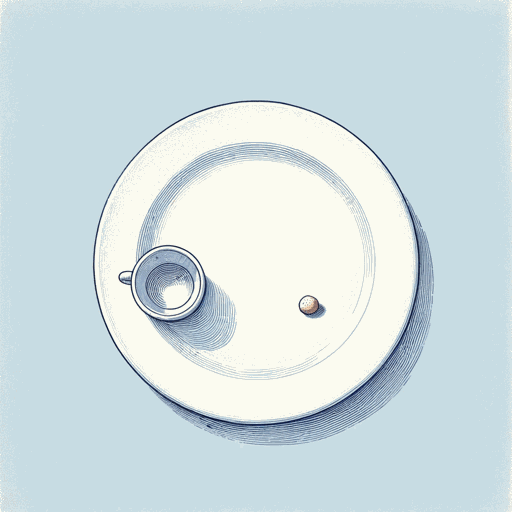
A Miracle for Breakfast
Elizabeth Bishop

Arrival at Santos
Elizabeth Bishop

Crusoe in England
Elizabeth Bishop

Five Flights Up
Elizabeth Bishop
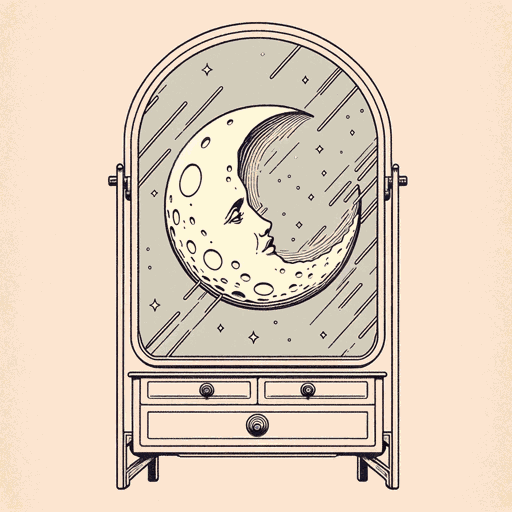
Insomnia
Elizabeth Bishop
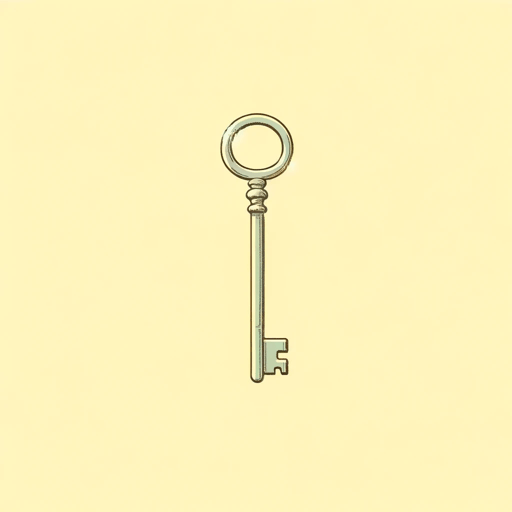
One Art
Elizabeth Bishop
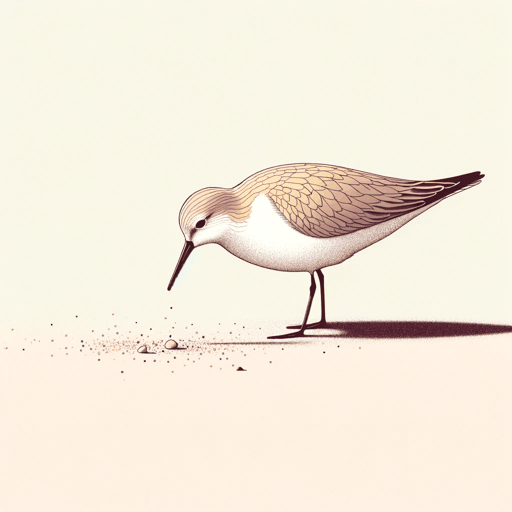
Sandpiper
Elizabeth Bishop

Sestina
Elizabeth Bishop
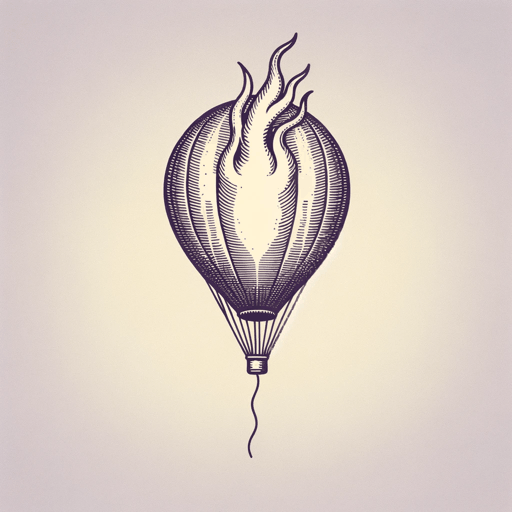
The Armadillo
Elizabeth Bishop
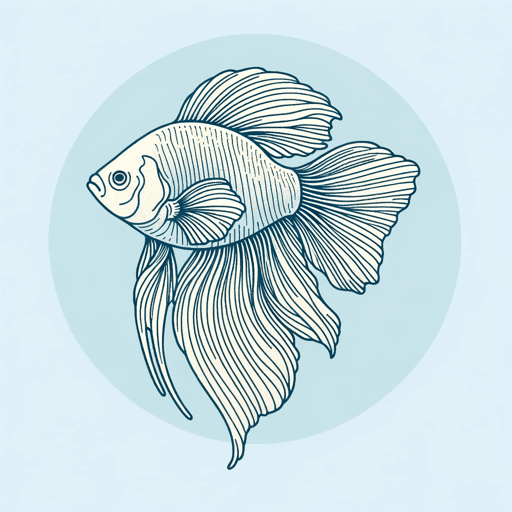
The Fish
Elizabeth Bishop

The Imaginary Iceberg
Elizabeth Bishop
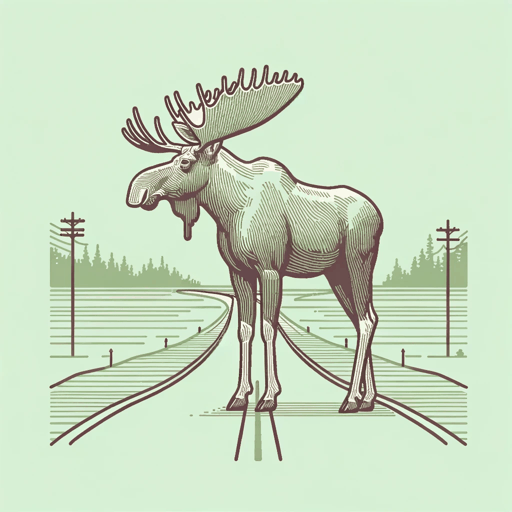
The Moose
Elizabeth Bishop

The Mountain
Elizabeth Bishop
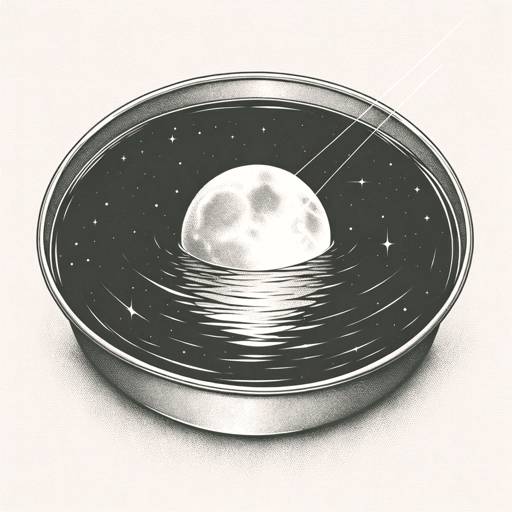
The Shampoo
Elizabeth Bishop

